From UN Enable
Theme: Removing barriers to create an inclusive and accessible society for all
Over one billion people, or approximately 15 per cent of the world’s population, live with some form of disability.Persons with disabilities, “the world’s largest minority”, often face barriers to participation in all aspects of society. Barriers can take a variety of forms, including those relating to the physical environment or to information and communications technology (ICT), or those resulting from legislation or policy, or from societal attitudes or discrimination. The result is that persons with disabilities do not have equal access to society or services, including education, employment, health care, transportation, political participation or justice.Evidence and experience shows that when barriers to their inclusion are removed and persons with disabilities are empowered to participate fully in societal life, their entire community benefits. Barriers faced by persons with disabilities are, therefore, a detriment to society as a whole, and accessibility is necessary to achieve progress and development for all.
The Convention on the Rights of Persons with Disabilities (CRPD) recognizes that the existence of barriers constitutes a central component of disability. Under the Convention, disability is an evolving concept that “results from the interaction between persons with impairments and attitudinal and environmental barriers that hinder their full and effective participation in society on an equal basis with others.”
Accessibility and inclusion of persons with disabilities are fundamental rights recognized by the CRPD and are not only objectives, but also pre-requisites for the enjoyment of other rights. The CRPD (Article 9, accessibility) seeks to enable persons with disabilities to live independently and participate fully in all aspects of life and development. It calls upon States Parties to take appropriate measures to ensure that persons with disabilities have access to all aspects of society, on an equal basis with others, as well as to identify and eliminate obstacles and barriers to accessibility.
In spite of this, in many parts of the world today, lack of awareness and understanding of accessibility as a cross-cutting development issue remains an obstacle to the achievement of progress and development through the Millennium Development Goals, as well as other internationally agreed outcomes for all.
The commemoration of International Day of Persons with Disabilities in 2012 provides an opportunity to address this exclusion by focusing on promoting accessibility and removing all types of barriers in society
How the Day may be observed
Based on the main theme of IDPD 2012 “Removing barriers to create an inclusive and
accessible society for all”, sub-themes can be selected to cover all aspects of society and development, including, but not limited to, removing barriers to education, employment, transportation, travel and tourism or sports. You can select a sub-theme to address a specific issue of exclusion and accessibility in your community.
Include: Observance of the Day provides opportunities for participation by all stakeholders – Governments, the UN system, civil society and organizations of persons with disabilities – to focus on issues related to the removal of barriers to create an inclusive and accessible society that would benefit all.
Organize: Hold forums, public discussions and information campaigns in support of the themes of IDPD 2012 to find innovative ways and means by which barriers to the inclusion of persons with disabilities and their families can be broken down.
Celebrate: Plan and organize performances everywhere to showcase – and celebrate – the contributions made by persons with disabilities as agents of change and development in the communities in which they live.
Take Action: A major focus of the Day is practical action that would help to remove barriers that limit accessibility for and participation by persons with disabilities in all aspects of society and development. Highlight progress and obstacles in creating accessible and inclusive society, including in terms of physical environments, information and communications technology and other areas, as well as promote public awareness of existing barriers to the full inclusion of persons with disabilities in their societies.

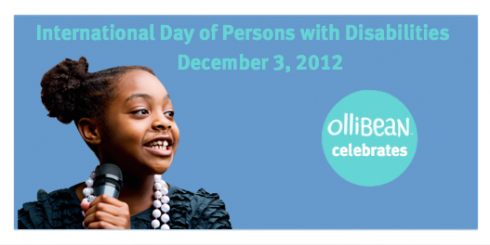
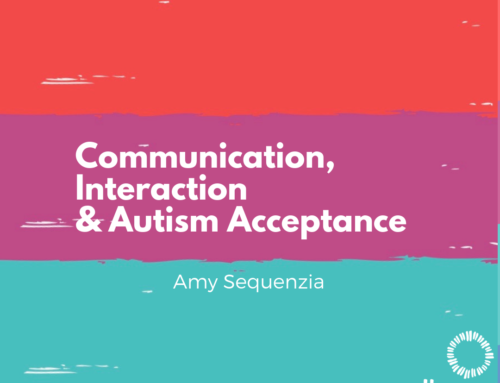
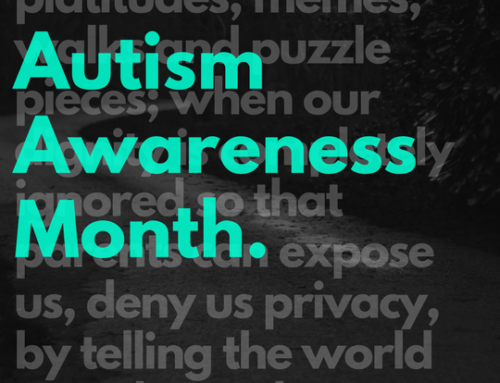

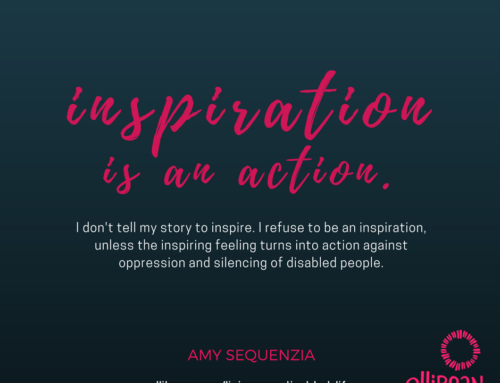
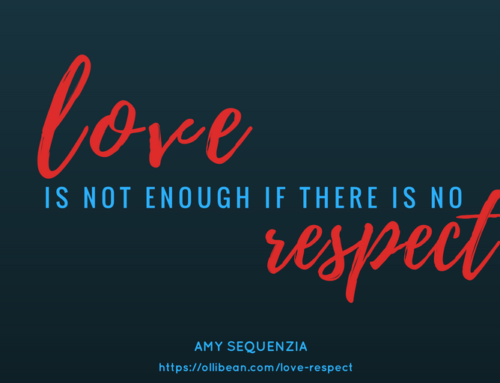
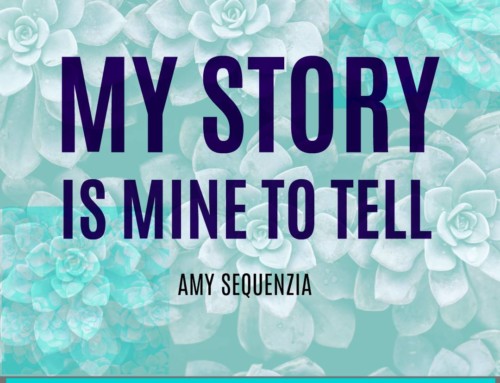
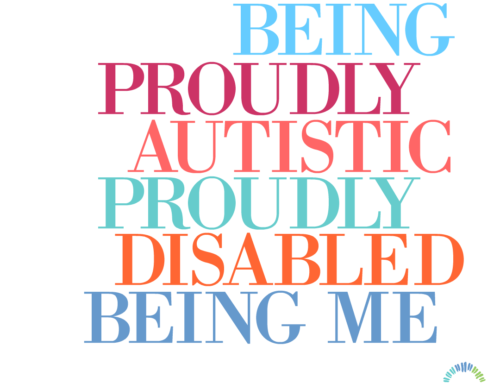
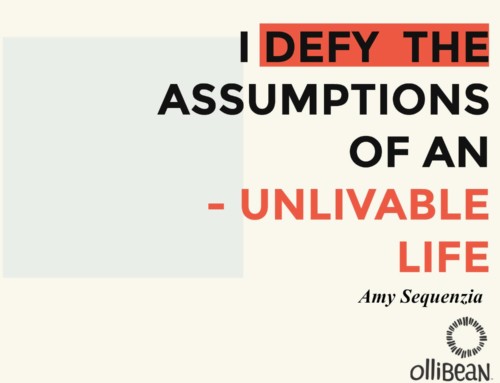
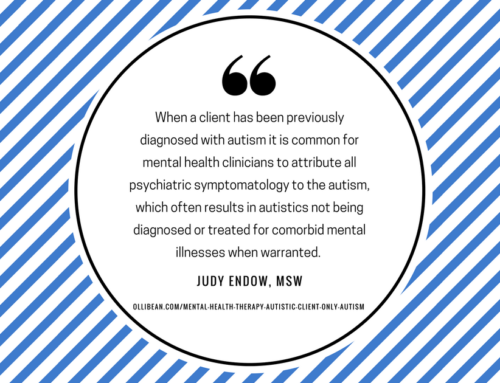


Leave A Comment